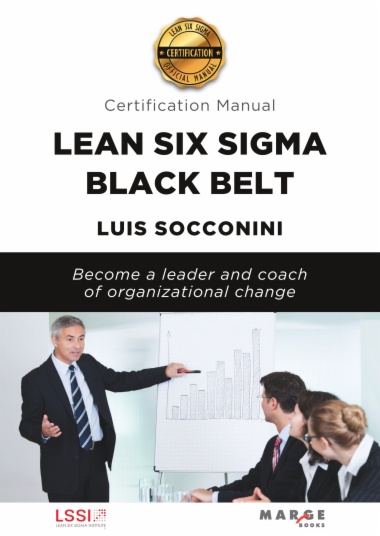Black belts are experts in Lean and Six Sigma methodologies, and spend 80% of their time implementing improvements, leading projects and certifying other personnel.
With the Black Belt Certification you will acquire the capacity to lead Lean Six Sigma projects in any type of organization.
Some of its benefits are:
• Significant reduction of internal costs with customers and suppliers.
• Design of new job parameters.
• Coordinate the supply chain to achieve comprehensive flexibility.
• Instill a long-term and high impact organizational culture.
• Reduction of variability, risks and failures in processes.
• Substantial improvement in quality.

